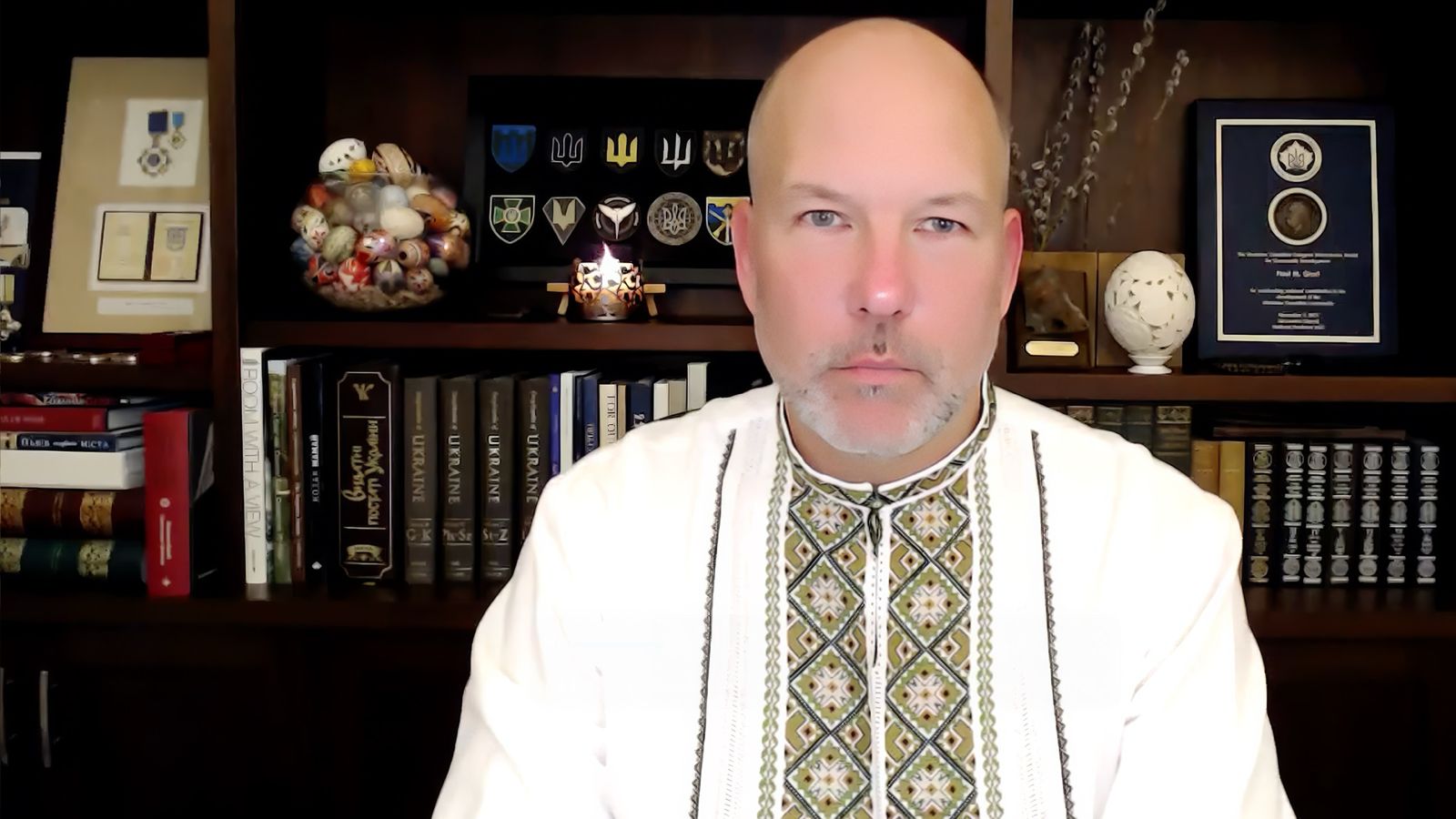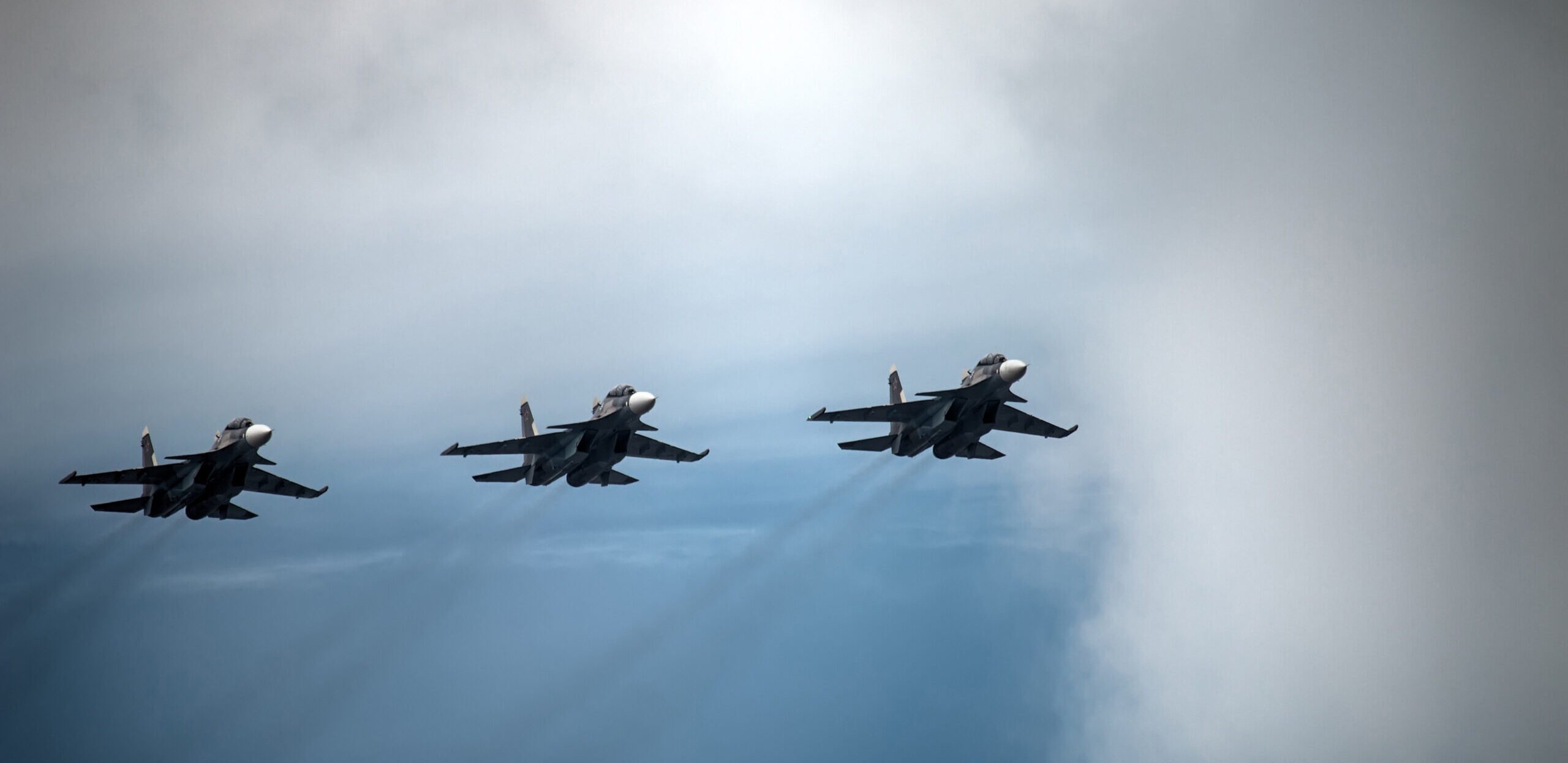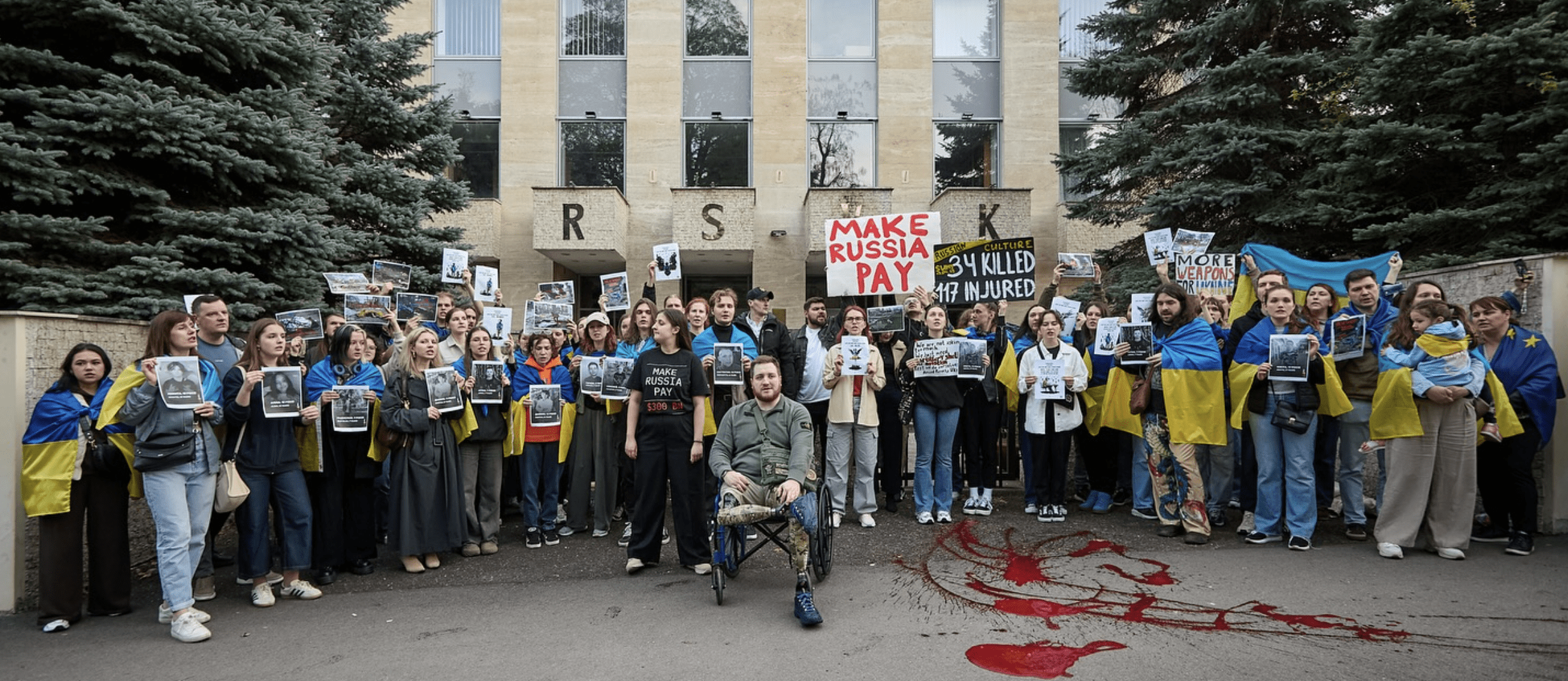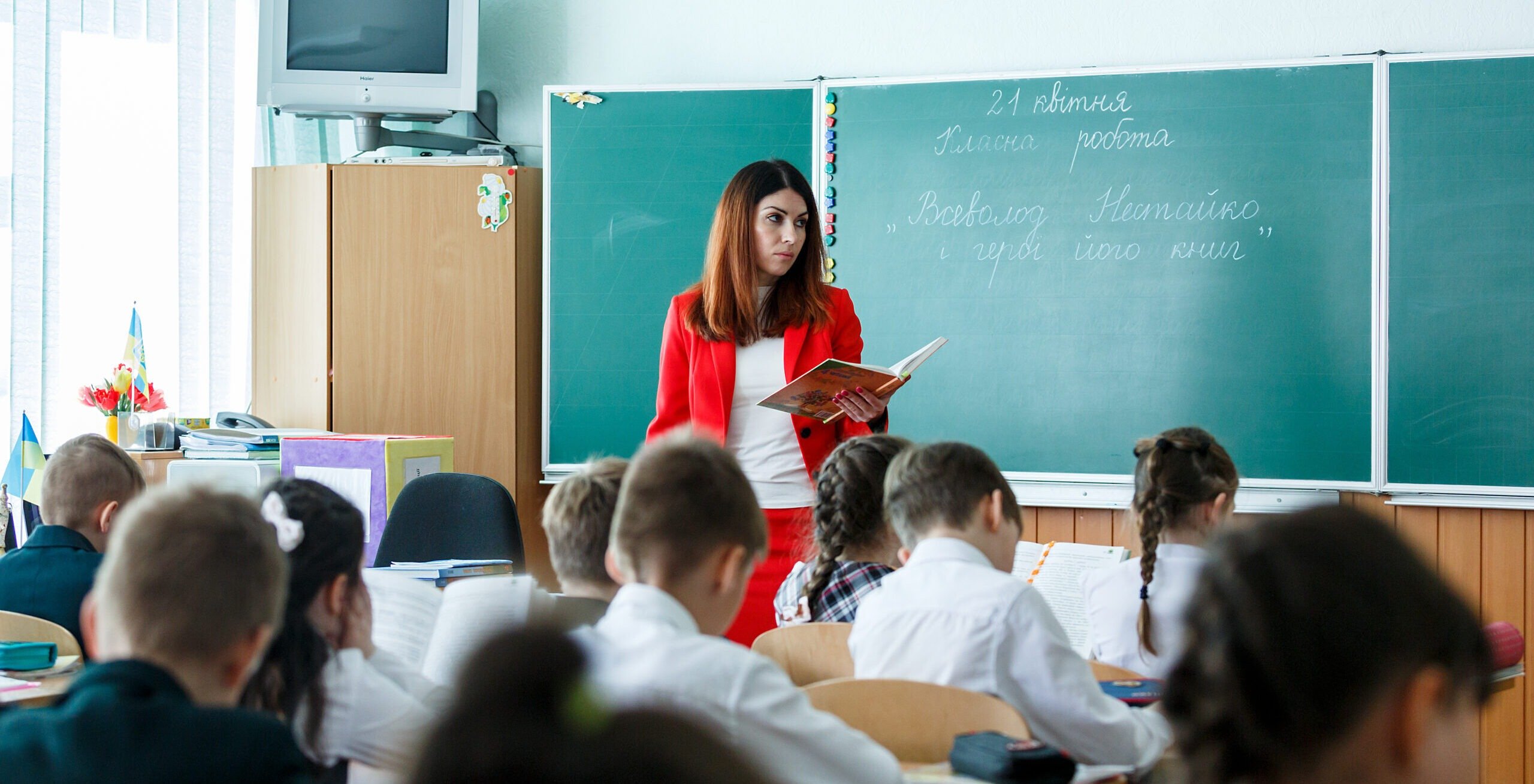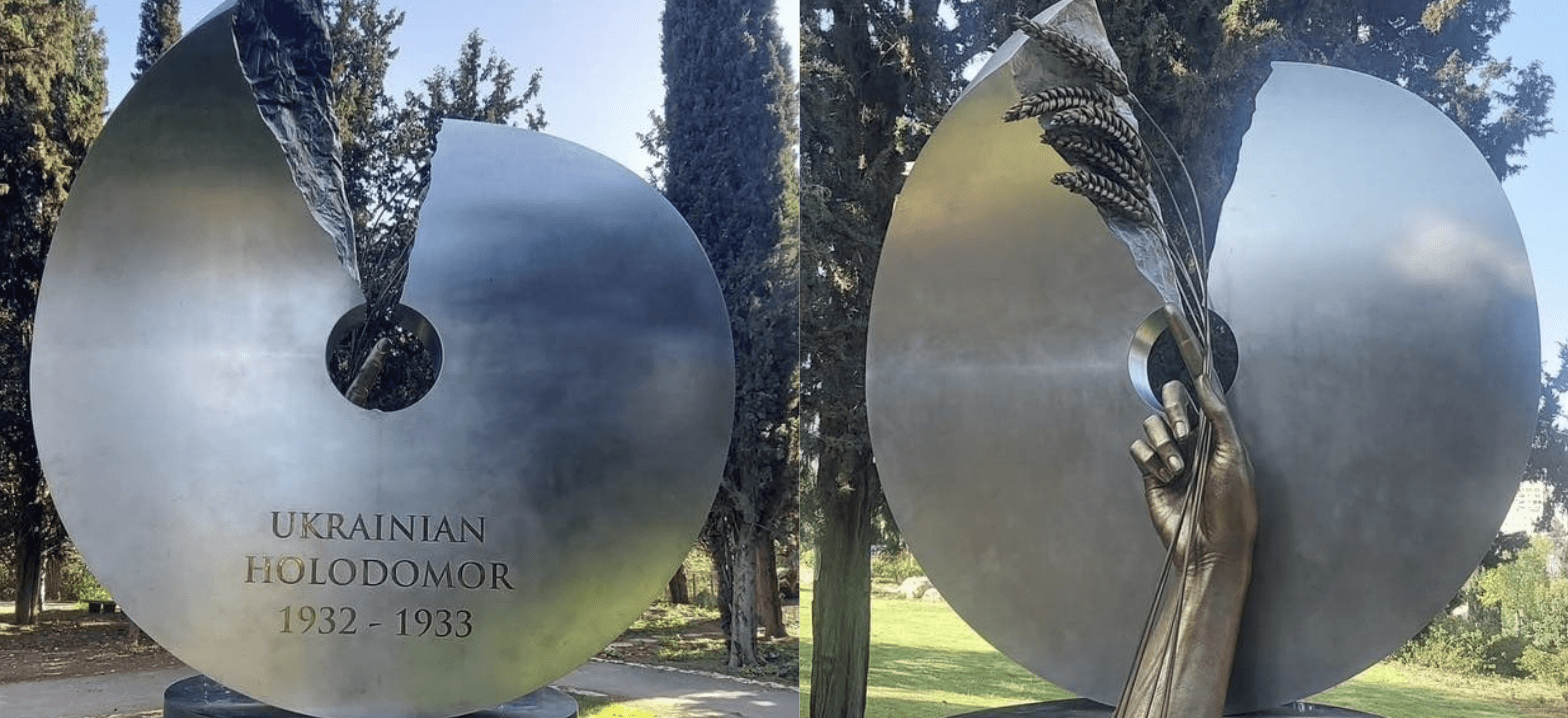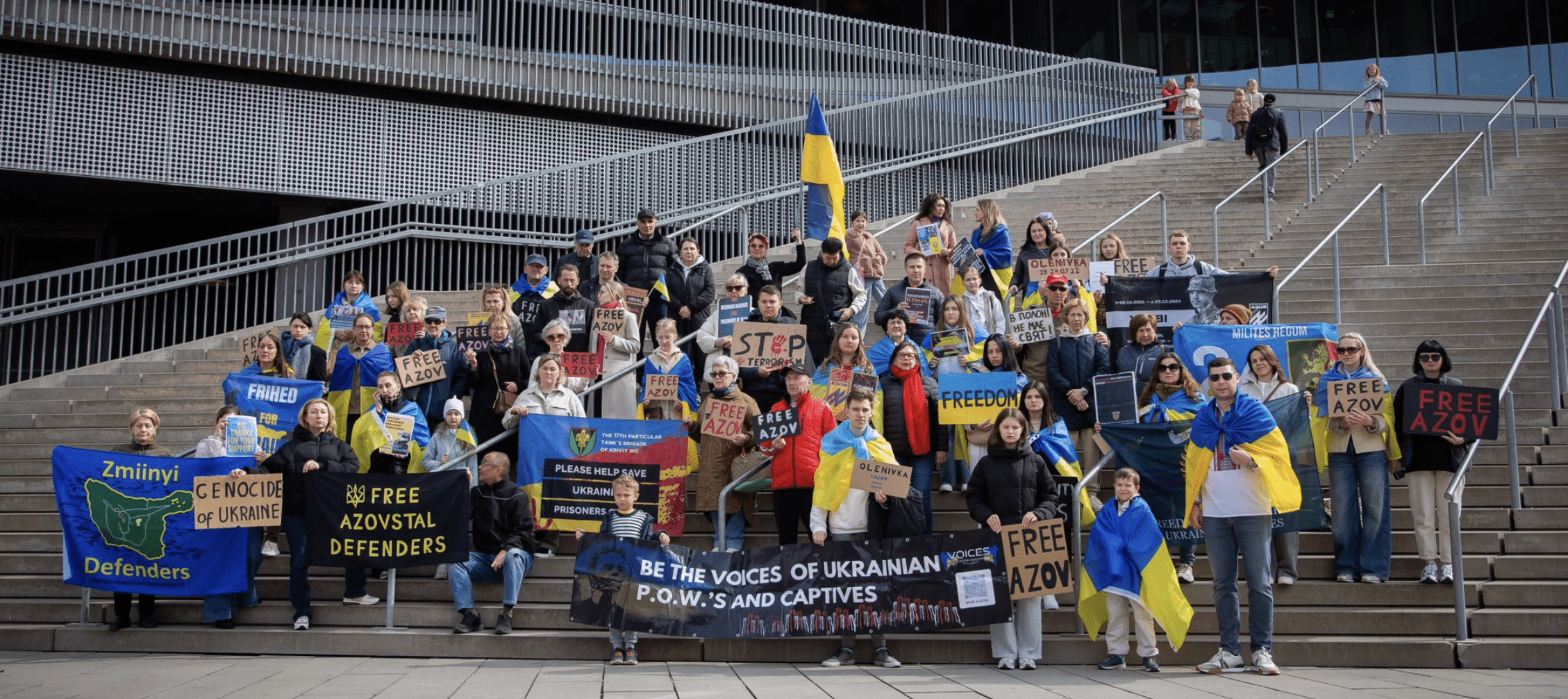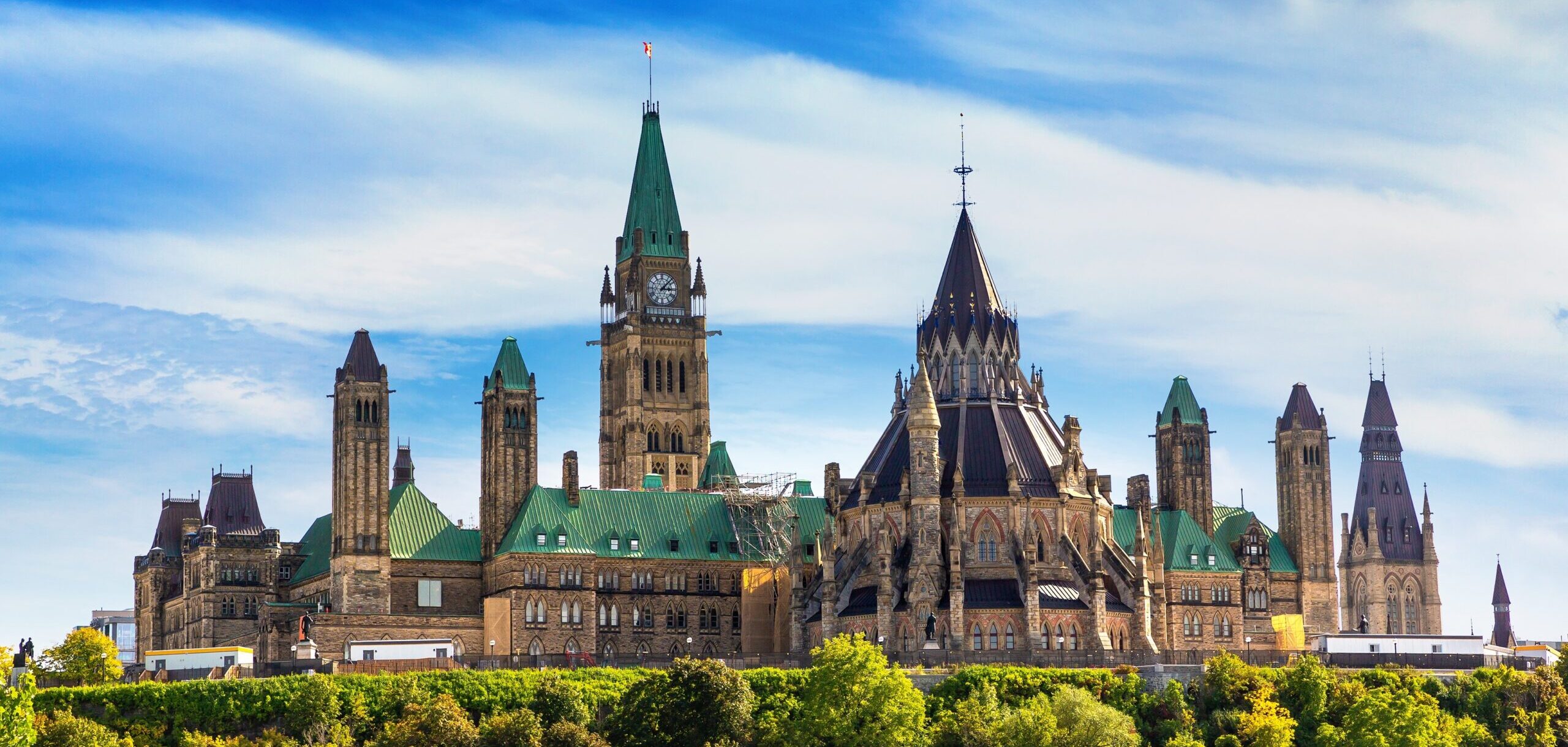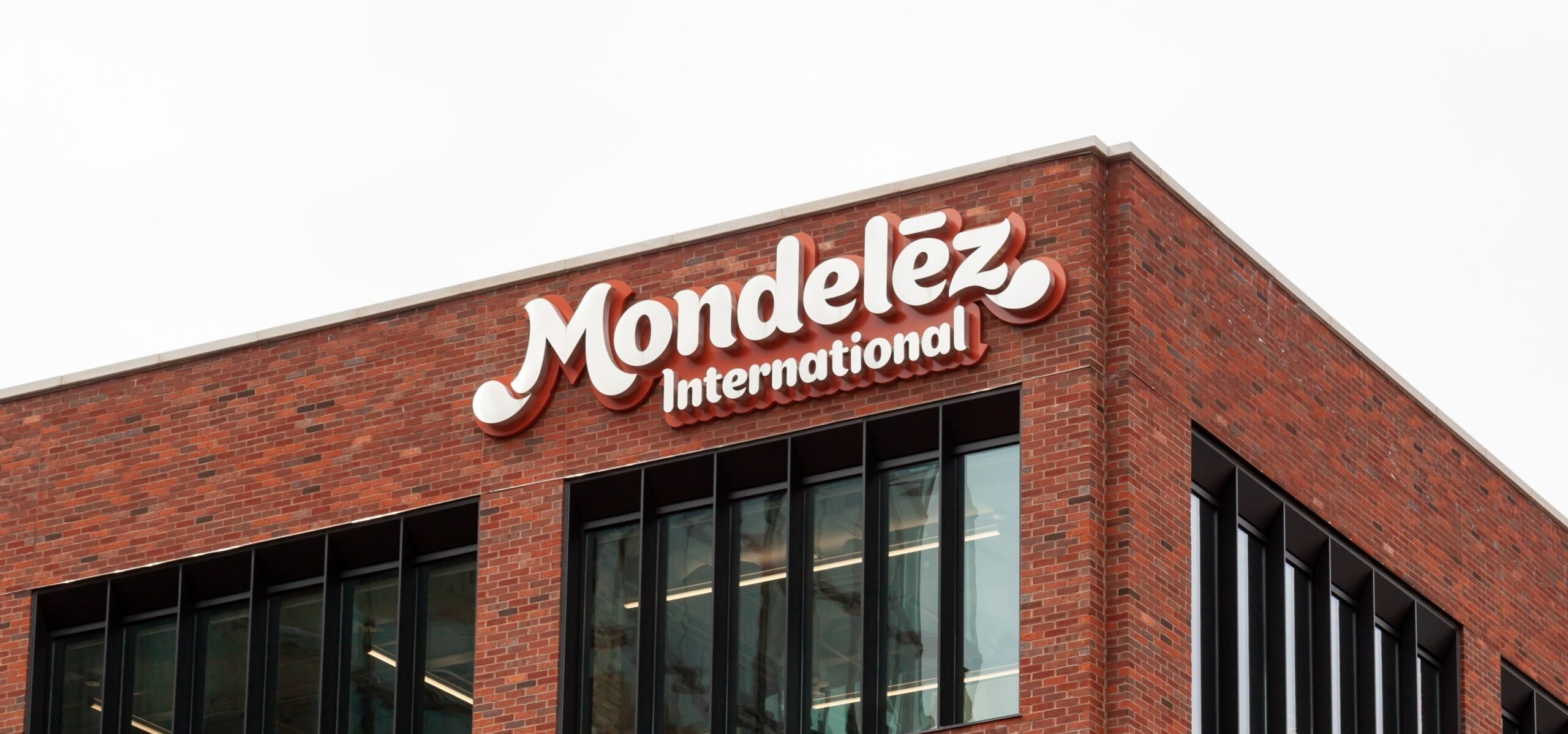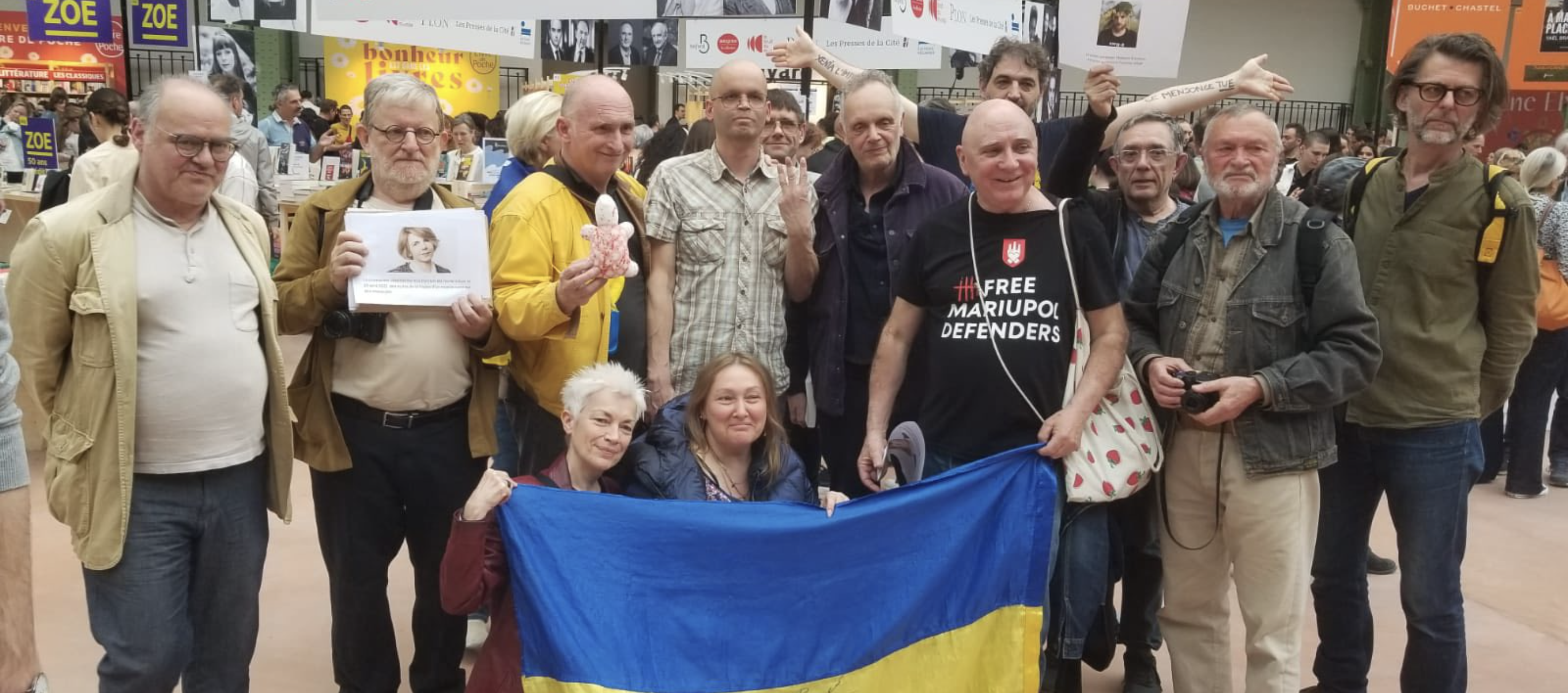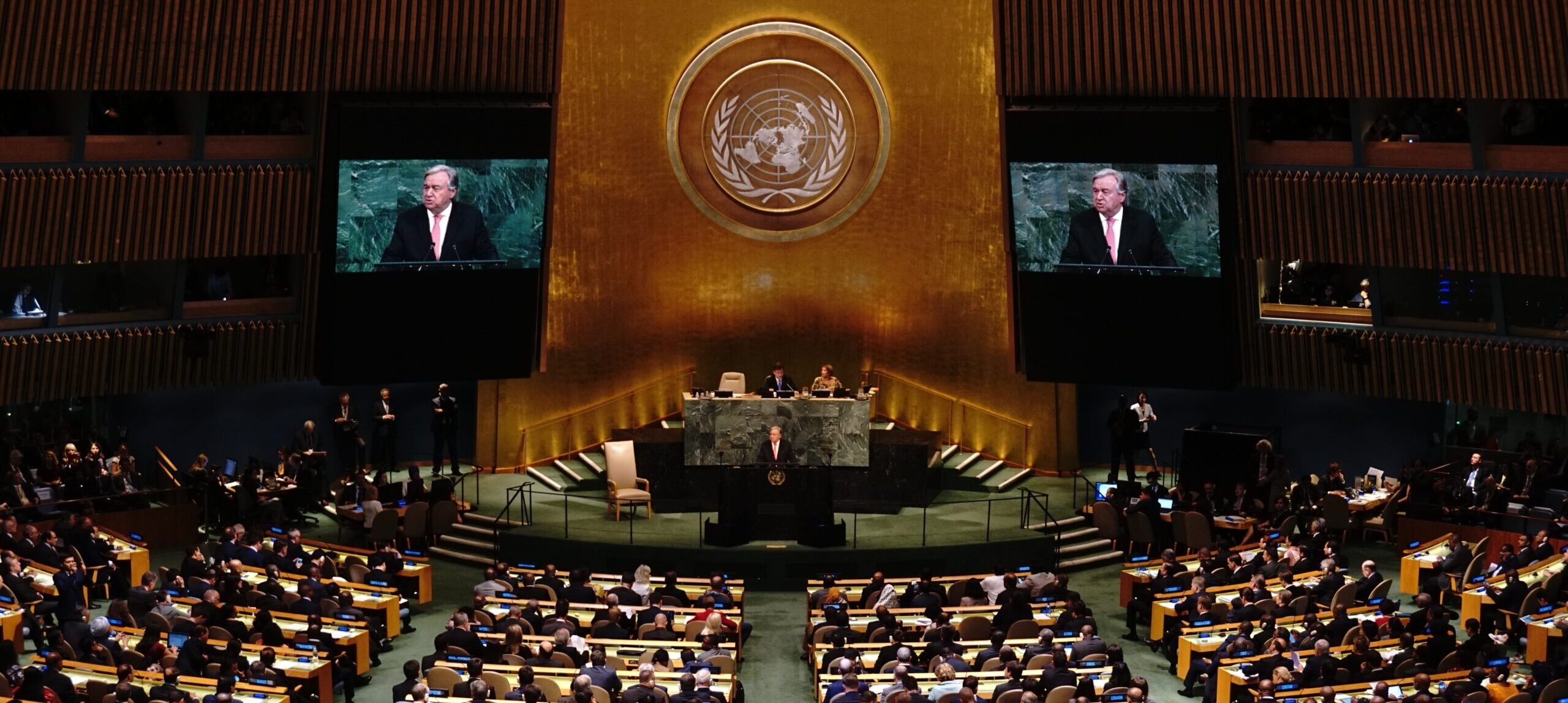
The United Nations General Assembly in New York adopted two versions of a resolution that marks the third anniversary of Russia’s war against Ukraine: one from the U.S. and another jointly proposed by Ukraine and other European nations.
For the third consecutive year, the UN’s main body, where all 193 member states have equal representation, has approved this resolution to support Ukraine in its fight for independence and territorial integrity.
While this is usually a single document, this year, disagreements emerged among member states.
Both resolutions call for an end to hostilities and the establishment of a peace process, though they differ in key aspects, both in wording and approach.
The Ukrainian-European version focuses on Russia’s aggression and demands the withdrawal of Russian troops from Ukrainian territory within its internationally recognized borders.
The U.S. voted with Russia and North Korea against this draft.
By contrast, the U.S. resolution refrains from labeling Russia as the aggressor and emphasizes addressing the “root causes of the Ukrainian crisis.”
During the vote on the Ukrainian-European resolution, the US and Russia voted “against,” while Ukraine abstained when voting on the US resolution.
The US resolution, titled “Path to Peace,” does not mention Russian aggression or the full-scale invasion of Ukraine. It calls for a swift end to the conflict and lasting peace between Ukraine and Russia.
The UN General Assembly adopted the resolution with three amendments, including a revision to say “Russia’s full-scale invasion of Ukraine” and reaffirming Ukraine’s territorial integrity.
The expanded Ukrainian-European resolution, “Advancing Peace in Ukraine,” highlights the ongoing Russian invasion, now entering its fourth year, and the devastating consequences it has caused for Ukraine and global stability.
Kyiv is calling for a ceasefire and a peaceful resolution to the war this year.
The resolution also demands full implementation of previous UN decisions regarding Russia. The document received support from 93 countries, with 18 voting “against” and 65 abstaining.
The U.S. and Israel joined Russia and Belarus in opposing the Ukrainian-European version.
A Ukrainian official involved in the process explained to Lb.ua that it was misleading to view the situation as just two resolutions, with the “Ukrainian version” winning by a single vote.
“The original U.S. plan was completely overhauled, thanks to three amendments from the European side that fundamentally changed its stance. Ultimately, the U.S. undermined its own proposal, and we ended up with two resolutions, both of which favor Ukraine,” he said.
Ukrainian Deputy Foreign Minister Mariana Betsa stated at the UN General Assembly that Ukraine is fighting for a world that can no longer be divided by a new Molotov-Ribbentrop Pact, referring to a secret agreement between Nazi Germany and the Soviet Union that outlined their respective spheres of influences in eastern and northern Europe during World War II.
“We are defending a world where the future of nations is not decided behind closed doors at another Yalta Conference,” she said, in reference to a meeting when the United Kingdom, U.S. and Soviet Union decided the fate of smaller countries as WWII was ending.
Cover: Shutterstock
